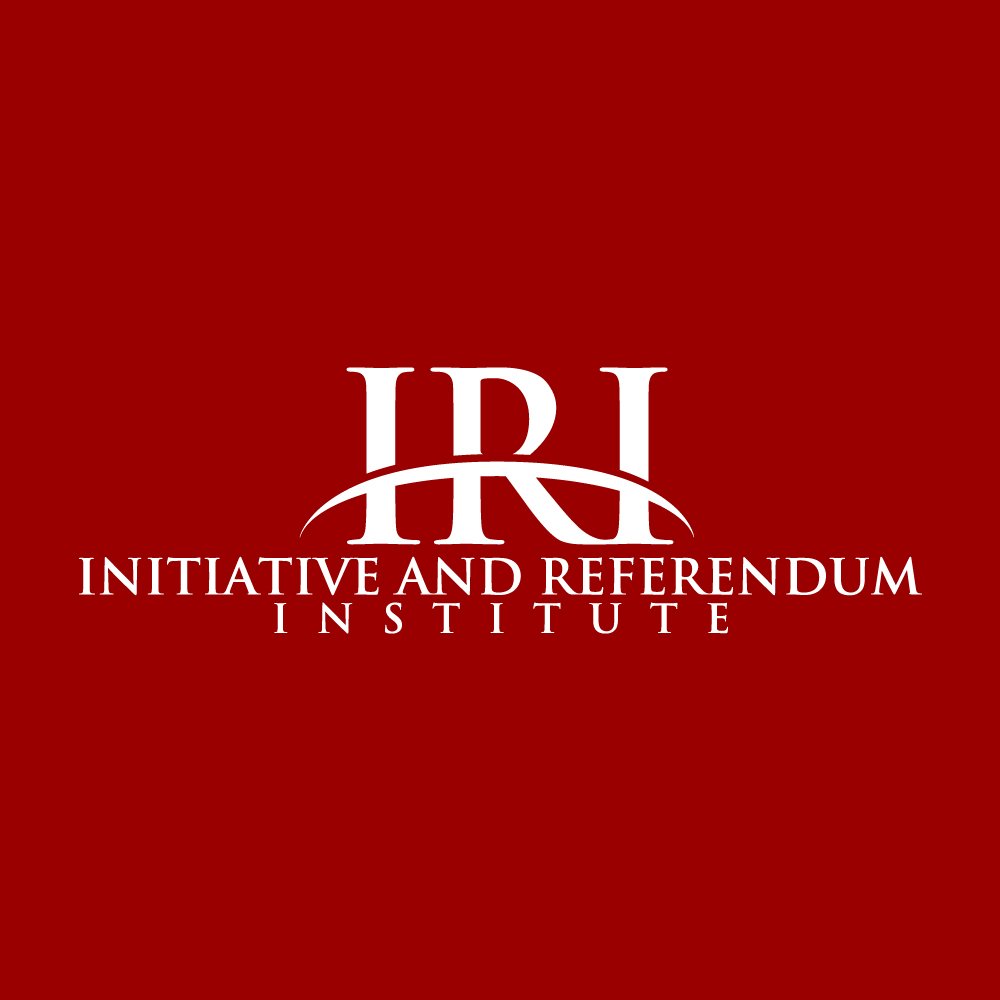New York
In 1911 the I&R movement organ Equity explained the failure to win initiative and referendum rights in New York: “No Direct Legislationist has expected New York State to come into the fold until about the last. The 'interests' are so strong, so thoroly intrenched [sic], and have so much at stake in that state, that it is expected that their strongest fight against real popular control of public affairs will be made there.”
In 1907 the attorney and “prominent club woman” Mrs. Harriet M. Johnston-Wood of New York City had helped organize the state Direct Legislation League. Hamilton Holt was elected President of the group. The League proved ineffective. In July 1909 Equity reported: “The introduction of I&R in the New York legislature seems to have been taken as a joke. It was referred to committee, and we find no other allusion to it.”
In 1914 Equity told its readers that Tammany Hall's recent electoral defeat should help I&R, but later reported that despite the decline of New York City's machine, “the legislature in Albany was still sufficiently in the control of reactionary leaders not to take any definite action in favor of I&R.”
By mid-1917, Buffalo's referendum provision was the only example of direct legislation in the state. Over the years the legislature proved willing to allow limited I&R in local jurisdictions, but never at the statewide level. The most important such I&R provision is the section of the New York City charter that allows voters to propose a charter amendment by petition of 50,000 registered voters, about 2 percent of the city's voters.
It was last successfully used in 1966 when police officers petitioned for - and voters approved - an amendment giving the police more control over the Civilian Review Board that had been set up to investigate citizens' complaints about the police. New Yorkers petitioned in the late 1960s for an anti-Vietnam War initiative and, in 1985, for an initiative to prohibit harboring ships with nuclear weapons, but state courts ruled against ballot placement on the ground that these were not proper subjects to go into the city charter.
In 1999, Governor George Pataki in his first “State of the State” address called for the establishment of the initiative and referendum process, however, the state legislature wasn’t interested in supporting establishing the process. In 2002, Pataki once again called for the legislature to pass a constitutional amendment establishing the initiative and referendum process. The proposal was strongly supported by the state’s Independence Party, Conservative Party and Republican Party. In April , the New York Senate passed the initiative amendment with only three dissenting votes. However, as of the writing of this history, the State Assembly had not acted on the Governor’s proposal.
See David Schmidt, Citizen Lawmakers: The Ballot Initiative Revolution (Temple University Press, 1989)
